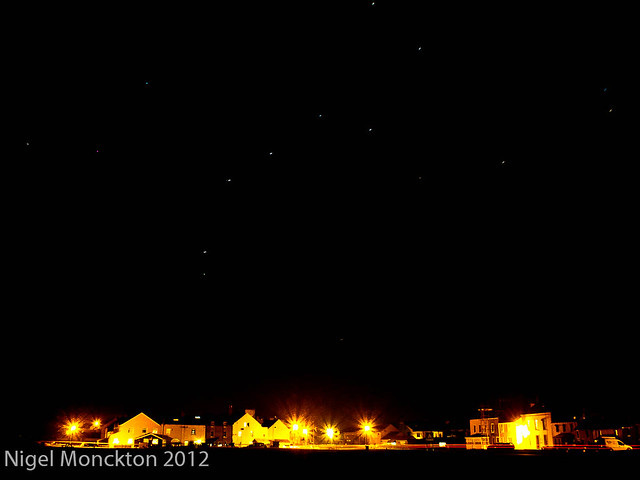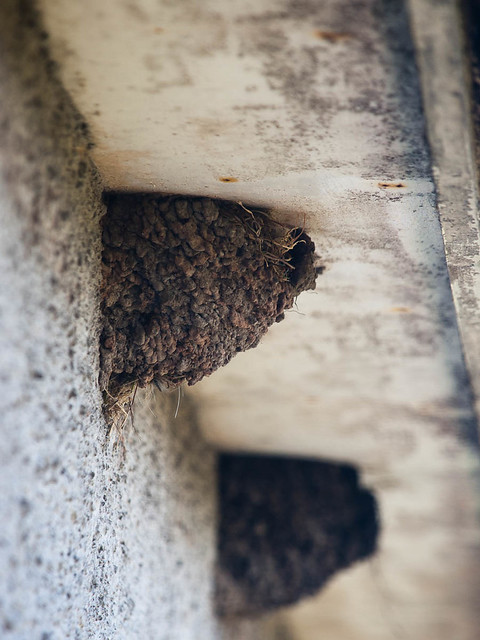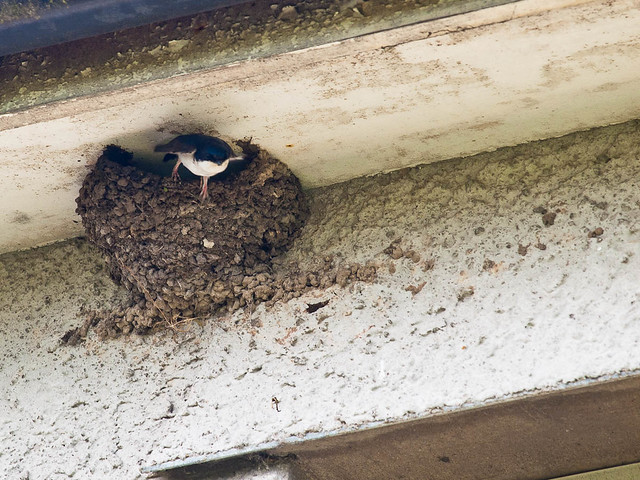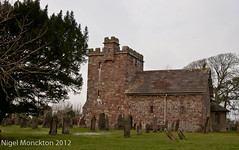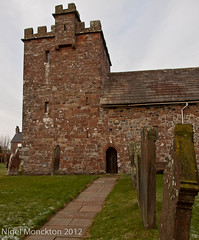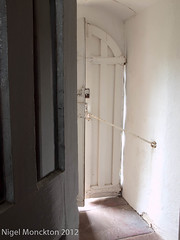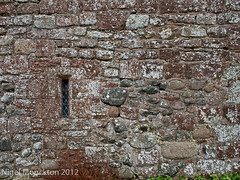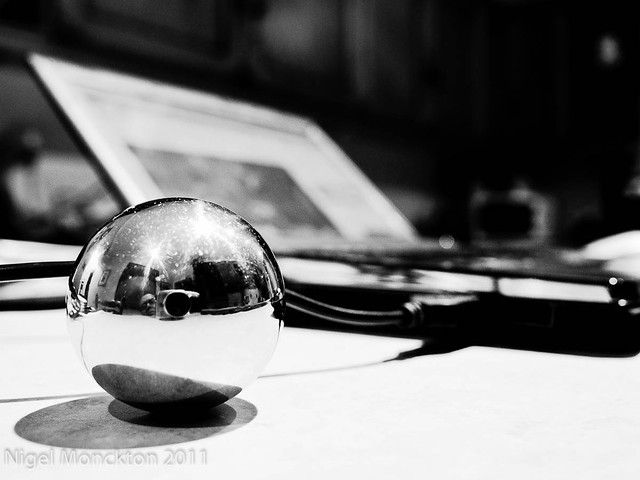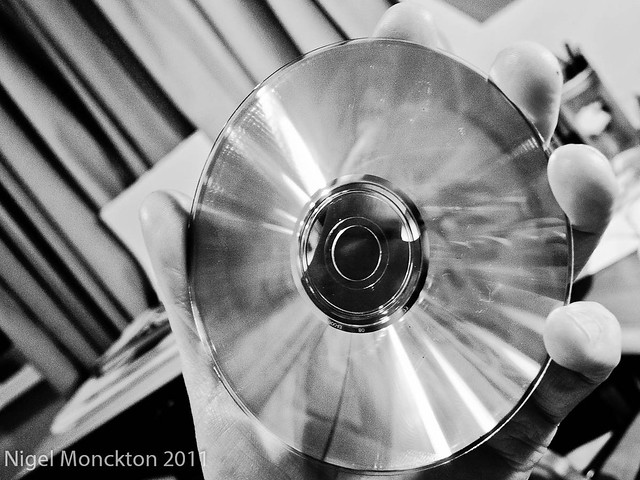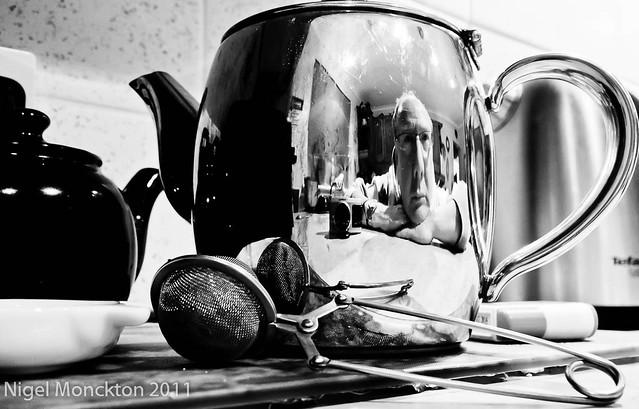Making steady progress with my re-shoots for this assignment. Have identified my 5 locations as follows:
- Piz Gloria, Switzerland – a mountain top restaurant and viewing platform that we visited on holiday. This is the only real survivor from my first pass at this assignment;
- Aspatria railway station – a small, local railway station, typical of many in the UK;
- The Park Royal Hotel, Stretton – a regular business haunt, and spiritual home of the Invisible man – although he wont be appearing this time;
- Silloth Sea Defences – a built space between the land and sea that runs for a couple of miles from Silloth harbour to Skinburness;
- The Rheged Visitors Centre – a uniquely designed tourist facility just off the M6 near Penrith, and one of the few genuinely modern publically accessible buildings in Cumbria.
Piz Gloria I already have – although I shall probably add in an extra shot to try to catch the touristy feel of the place:

Aspatria railway station is posing an interesting problem – I have all the shots I need but can’t decide whether to choose the slightly less interesting photo that fits the overall them or the rather more attractive one that is obviously different. Suspect I will settle for the latter in the end – it says everything that the first one says, and I’d rather go for the quality of the shot. This isn’t it the shot but gives a feel for it:
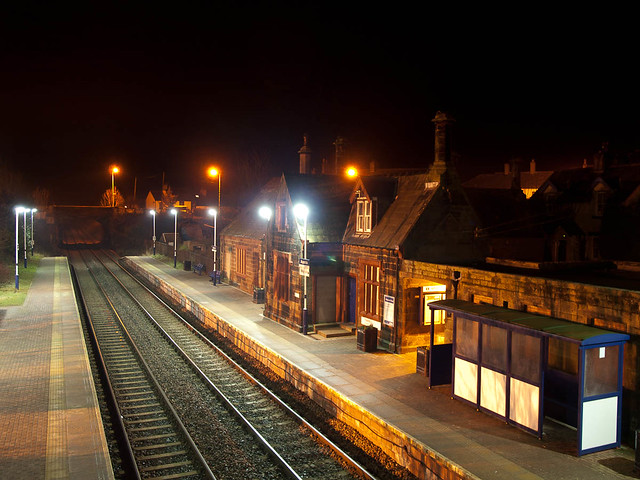
The Park Royal is a long term haunt – I’ve been posting shots of it for a couple of years and it regularly feature sin my photo-a-day blog. it was also a major player in my Hotel Anywhere set. Need a more recent shot along the following lines. It feels like cheating to dig into my archive. Interestingly this seems to anticipate some of the stuff in Single Figure Small and Making People Anonymous. It’s also slightly less contrasty that my currently preferred look which is worth a little reflection as I’m not quite sure why my current ‘look’ appeals to me.

Silloth Sea defences is a completely new location. I think it’s important to have a long-term relationship with the place you’re photographing or some kind of visceral reaction for these small sets to work effectively. At Silloth (and the hotel and railway station) it’s the long-term relationship. I spend a half-hour every Saturday morning wandering along the sea wall while my daughter has music lessons, so it is inevitable that I have picked up a feel for what goes on their and how it works. This shot is the only one on this page that will make it to the final submission – because oddly I’m not often there when it’s this rough so I need to take my chances when I have them
The final building in the set comes –like the first - from the visceral reaction category. Before this morning I’d visited Rheged only once before – and that was a recce visit to see if I wanted to shoot it. It’s an amazing building, built into an old lime quarry, and with a grassed roof so that it appears to be hollowed into the hillside. It’s a multi-level, multi-function maze and I took over 120 photos in the hour I was there this morning. I think I’ve got enough for the assignment, but feel certain there must be another project in there somewhere.

So there we are. This feels like a more solid foundation than my previous attempt. My only concern is that it feels, somehow, less creative than the ‘invisible man’ idea. Was I trying to run before I’d learned to walk? I don’t think so - but I do think I overthought the brief, and as a result swung the pendulum too far from purely representative photography in an attempt to address the points raised in my assessment feedback for Digital Photographic Practise. It’s obviously possible to use creative techniques to respond to a brief without straying off to far from the spec – and hopefully I’ll have the balance right this time.

